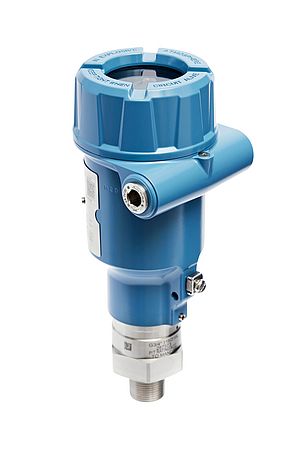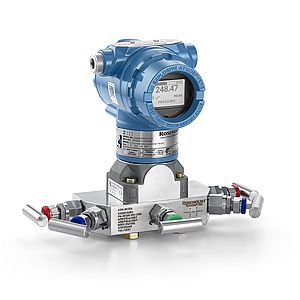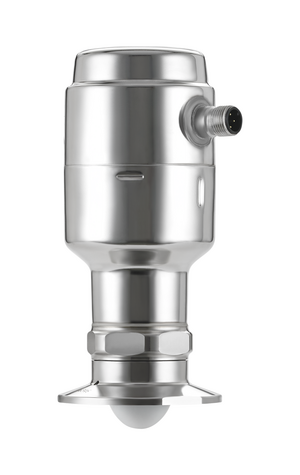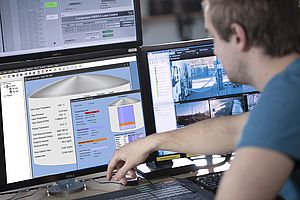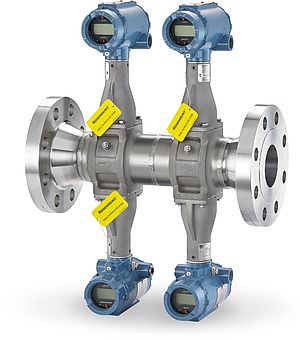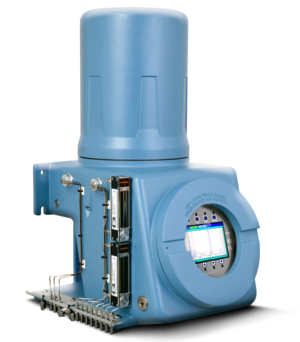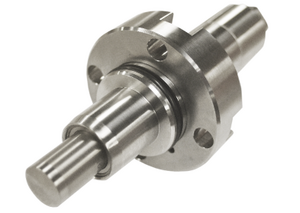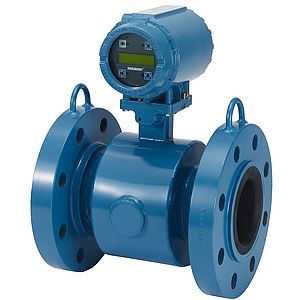PCN Europe interviewed Travis Hesketh, the PlantWeb Director for Europe at Emerson Process Management. He is responsible for sales and marketing of the company’s PlantWeb digital architecture, including Smart Wireless, across a broad range of industries.
PCN Europe: The EU climate change strategy involves ambitious goals. What does this mean for the processing industry?
Travis Hesketh: Sustainable energy is at the heart of the EU’s long-term economic and climate change strategy. The EU has set itself three goals for 2020: reduce greenhouse gases by 20%, improve energy efficiency by 20% and source 20% of the energy needs from renewables. Power generation and the process industries are key to meeting these objectives and EU policy and legislation is driving compliance. As part of this, the Integrated Pollution Prevention and Control (IPPC) Directive will require over 50,000 industrial sites to obtain an environmental permit.
How can modern plant networking technology help in achieving these goals?
Travis Hesketh: By optimising the performance of plants it is possible to increase plant throughput whilst at the same time reducing energy consumption, raw material use and emissions. The goal is therefore to keep plants optimised, tuned and running well in the lowest cost way. Emerson believes that existing plants have the opportunity to lower energy consumption and emissions through investment in new technologies. An important element in this strategy is the use of the wireless technology, which through open, interoperable standards such as WirelessHART and industrial Wi-Fi can help companies achieve their plant’s full potential.
What role can wireless technology play in plant optimisation?
Travis Hesketh: Improving process performance relies heavily on the availability of more process information. Part of our proposal focuses around the need to install additional measurement points to measure process performance and energy usage, as well as being able to access on-line diagnostics to ensure devices are healthy and performing correctly. Applying the necessary devices to provide this information often requires the installation of new power and data cabling and this can be cost prohibitive.
WirelessHART overcomes this issue by providing the process industry with a standard for wirelessly connecting instruments to the plant’s control system. Existing instruments that contain stranded diagnostic information can also benefit from a WirelessHART network. Wireless adapters, such as Emerson’s Smart Wireless THUM Adapter, retrofitted to these devices and operators can get a better understanding of their performance and health, allowing them to wirelessly transmit measurement and diagnostic information that was previously not available. In a recent survey 88% of engineers expected to use wireless in their next project.
Could you illustrate this for us by describing an existing application?
Travis Hesketh: Absolutely, there are well over 1000 WirelessHART applications worldwide, with many having a direct impact on plant optimisation. For example a pulp and paper mill struggled to properly control calcining in a lime kiln. To do this, the customer needed to measure the internal temperature on a rotating lime kiln. Due to the restrictions of wiring, this measurement was inferred, decreasing throughput of the kiln. WirelessHART temperature transmitters with thermocouples were installed on the rotating kiln and the customer discovered that the inferred temperatures were off by 350° F. This improved measurement has enabled the mill to optimise the temperature and is subsequently enjoying a 5% improvement of throughput with this kiln. Here energy is not being wasted and emissions can subsequently be reduced.
What is your vision on the future of wireless technology and its possibilities?
Travis Hesketh: Because wireless is flexible and scalable, customers can use the technology wherever it makes sense for their plant. By picking even one small application, users can achieve improvements that would not be possible in a traditional plant configuration. In the future we are going to see new plants adopting WirelessHART networks from the outset as an integrated part of the digital plant architecture. Faster commissioning will become a significant benefit. Wireless will also play a much greater role in control. Already, Emerson has applied its redundant wireless technology to control applications, more than matching the performance of a wired alternative.




